The city of Salvador, capital of the state of Bahia and Brazil’s first capital, is known for its vibrant colors, deep African roots, and, of course, capoeira. More than just a fight or a dance, capoeira is an expression of resistance, culture, and identity. Nowhere in the world is this Afro-Brazilian martial art as alive and present as it is in Salvador.
It was on the cobblestone streets of Pelourinho, in terreiros, open street rodas, and the schools of great masters that capoeira took the form we know today. Recognized by UNESCO as an Intangible Cultural Heritage of Humanity, capoeira draws visitors from around the world eager to learn its movements, play its traditional instruments, and experience its cultural power.
Why Salvador Is the Capital of Capoeira
The history of capoeira in Salvador begins during the colonial period, when the city was one of the main ports of the transatlantic slave trade. Between the 16th and 19th centuries, thousands of people from different African ethnic groups, such as those from Angola and the Congo, were forcibly brought to Bahia’s capital. Along with them came customs, beliefs, music, languages, and more.
Among these practices was ngolo, a dance-like fight originating from Angola, known as one of the main roots of capoeira. Amid the oppression in the slave quarters and the escapes to quilombos, capoeira developed as a form of survival and cultural preservation.
Today, Salvador is the vibrant heart of this practice. The city has dozens of schools, also known as academies or groups, public rodas, and cultural spaces spread throughout the neighborhoods, keeping the tradition of capoeira alive every day.
It is common to see spontaneous performances in Pelourinho, rodas at Praça da Sé or on the city’s beaches, with musicians, mestres, and students forming a circle around the ginga, the berimbau, and ancestral traditions. More than just a show for tourists, these rodas are rituals, spaces of respect, learning, and celebration.
Salvador was also the stage for the consolidation of the two main styles of capoeira: Capoeira Angola, the more traditional style closely linked to African roots, and Capoeira Regional, a more modern and systematized style. It was there that great mestres opened the first formal schools and initiated the recognition of capoeira as an art, a fight, and a culture.
Additionally, the city is a meeting point for capoeira practitioners from all over the world, especially during events and festivals such as the International Capoeira Gathering, which brings together participants from various countries in a true celebration of Afro-Brazilian culture.
Historical Roots: Mestre Bimba and Mestre Pastinha
To understand the importance of Salvador in the history of capoeira, it is essential to know two names: Mestre Bimba and Mestre Pastinha. Both were born in Bahia and were responsible for transforming and preserving capoeira as we know it today.
Mestre Bimba, born Manoel dos Reis Machado in 1899, was the creator of Capoeira Regional. He believed capoeira needed more organization and recognition as a martial art, so he developed a new teaching method with sequences, ranking systems, and public demonstrations. In 1932, he founded in Salvador the first formal capoeira school registered in Brazil, the Centro de Cultura Física e Luta Regional Baiana. Thanks to him, capoeira began to be respected also as a tool for discipline, health, and education.
Mestre Pastinha, born Vicente Ferreira Pastinha in 1889, was the great guardian of Capoeira Angola, the style closest to its African origins. His school, founded in 1941 in Pelourinho, emphasized a slow, low, and symbolic game, with a strong connection to ancestry. Pastinha viewed capoeira as a way of life and a spiritual heritage of the Black people.
Both masters left a profound legacy. Their schools, teachings, and ideas continue to influence capoeiristas around the world, and their names are revered as pillars of Afro-Brazilian culture.
Capoeira as a Cultural Experience in Salvador
In Salvador, capoeira is present everywhere, and this constant presence attracts travelers from all over the world who are eager to learn, practice, or watch a roda.
Several schools in Salvador offer courses and workshops for foreigners, with classes ranging from the fundamentals of the ginga to musicality with berimbau, atabaque, and pandeiro. Visitors have the chance to immerse themselves in a complete experience, learning the technique, history, roots, and meaning of capoeira.
Experiencing capoeira in Salvador is more than just watching a performance, it is immersing yourself in a living history that connects past and present through movement, music, and soul.
Also, if you want to participate of a Capoeira summer training, check this page and get in contact! https://caxixistore.com/pages/events
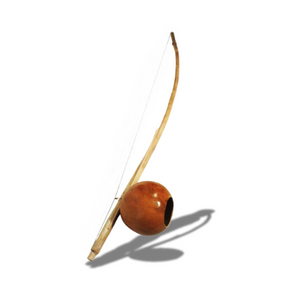
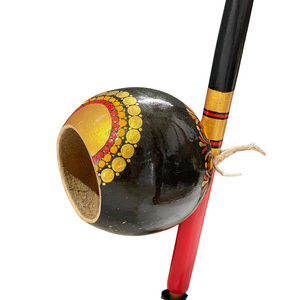
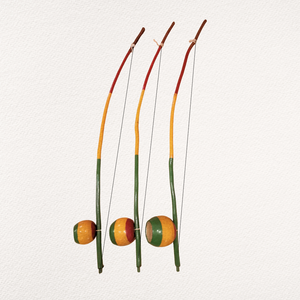
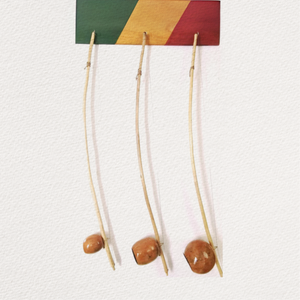
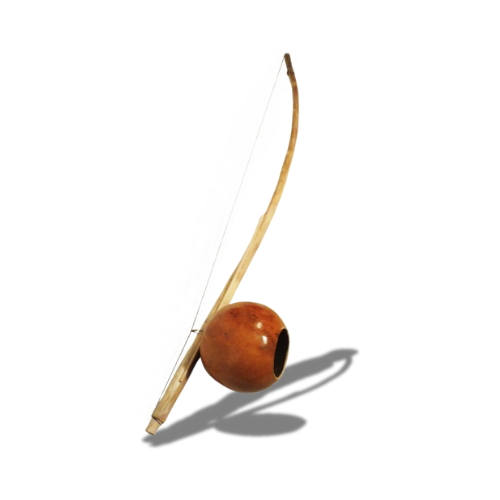
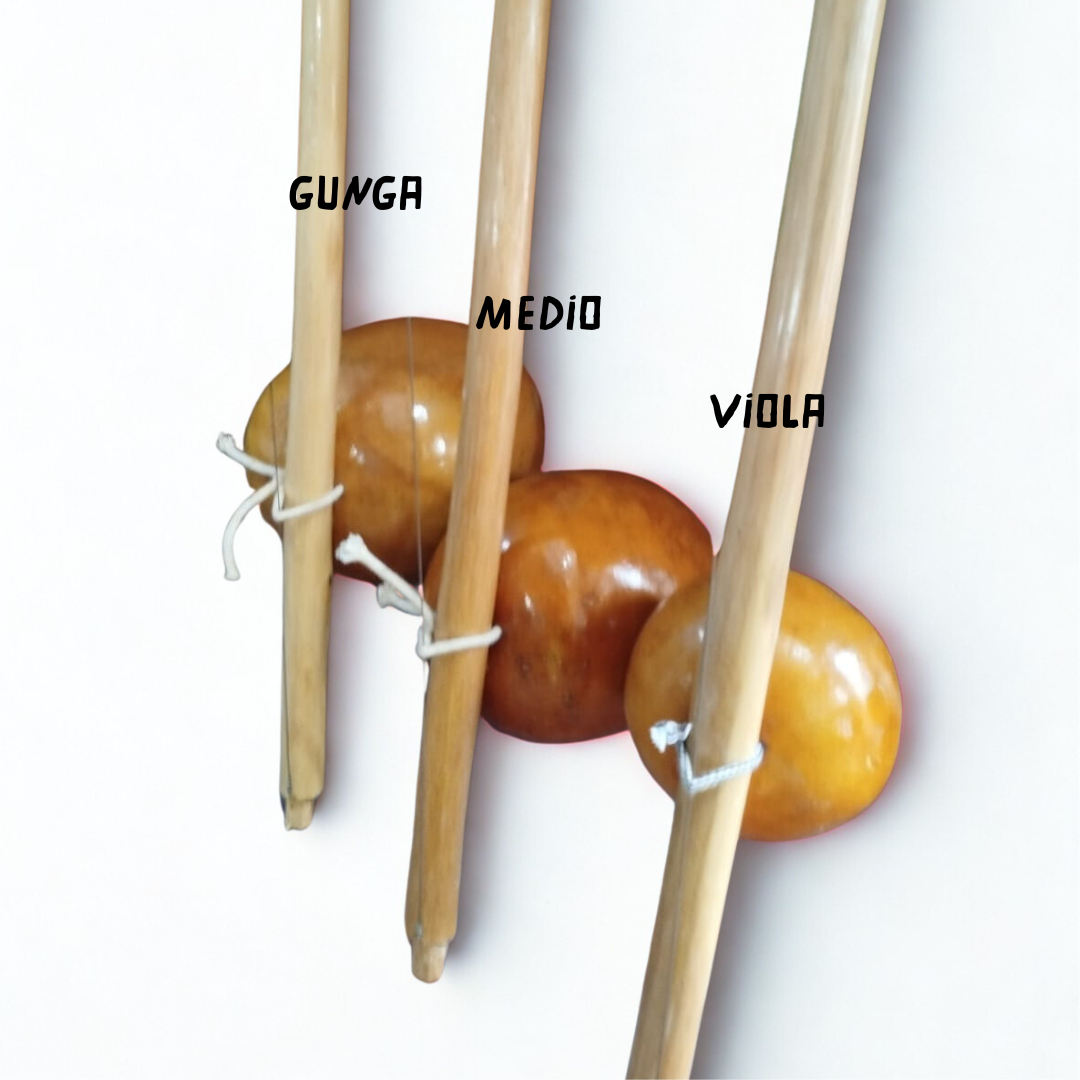
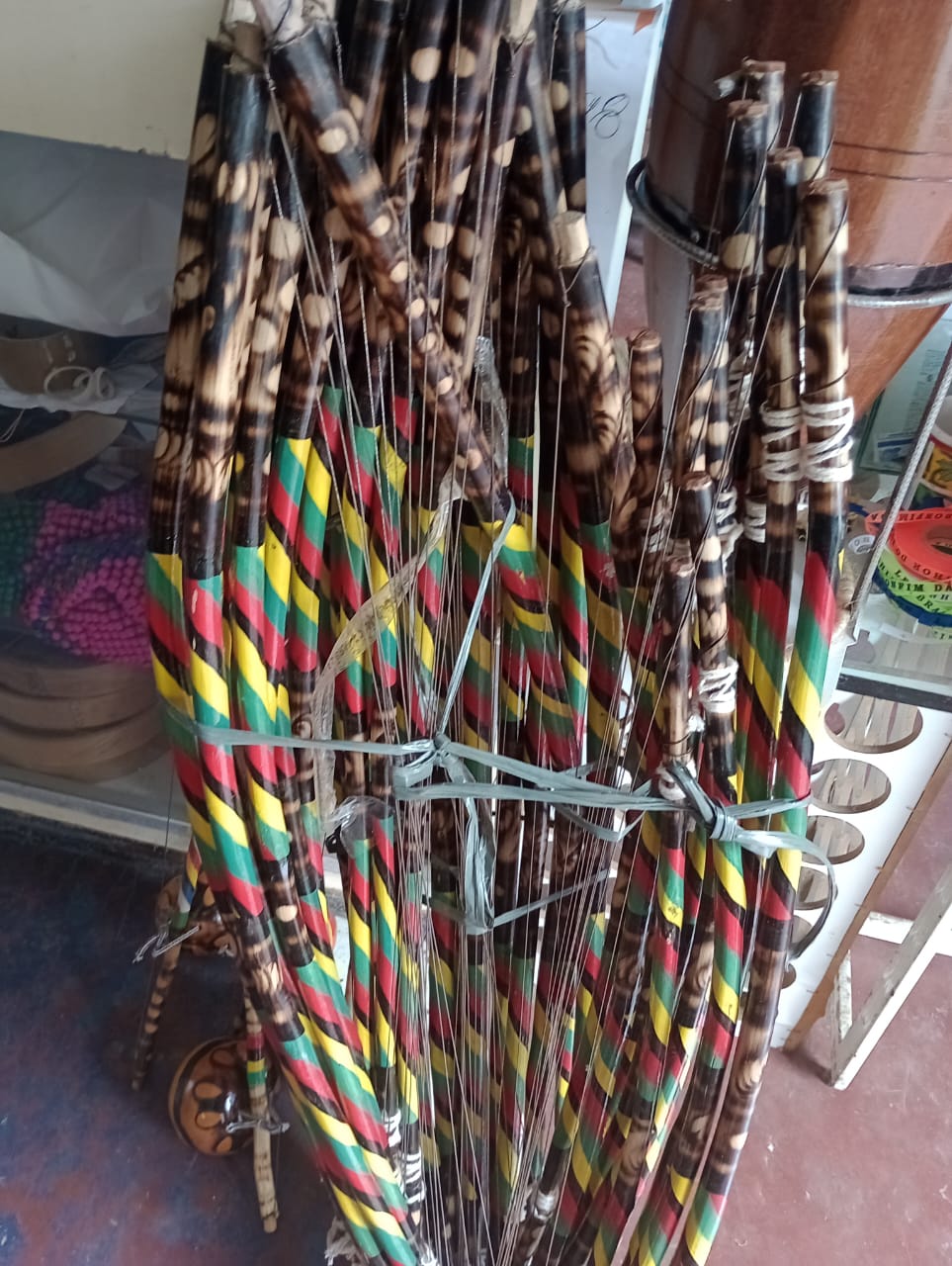
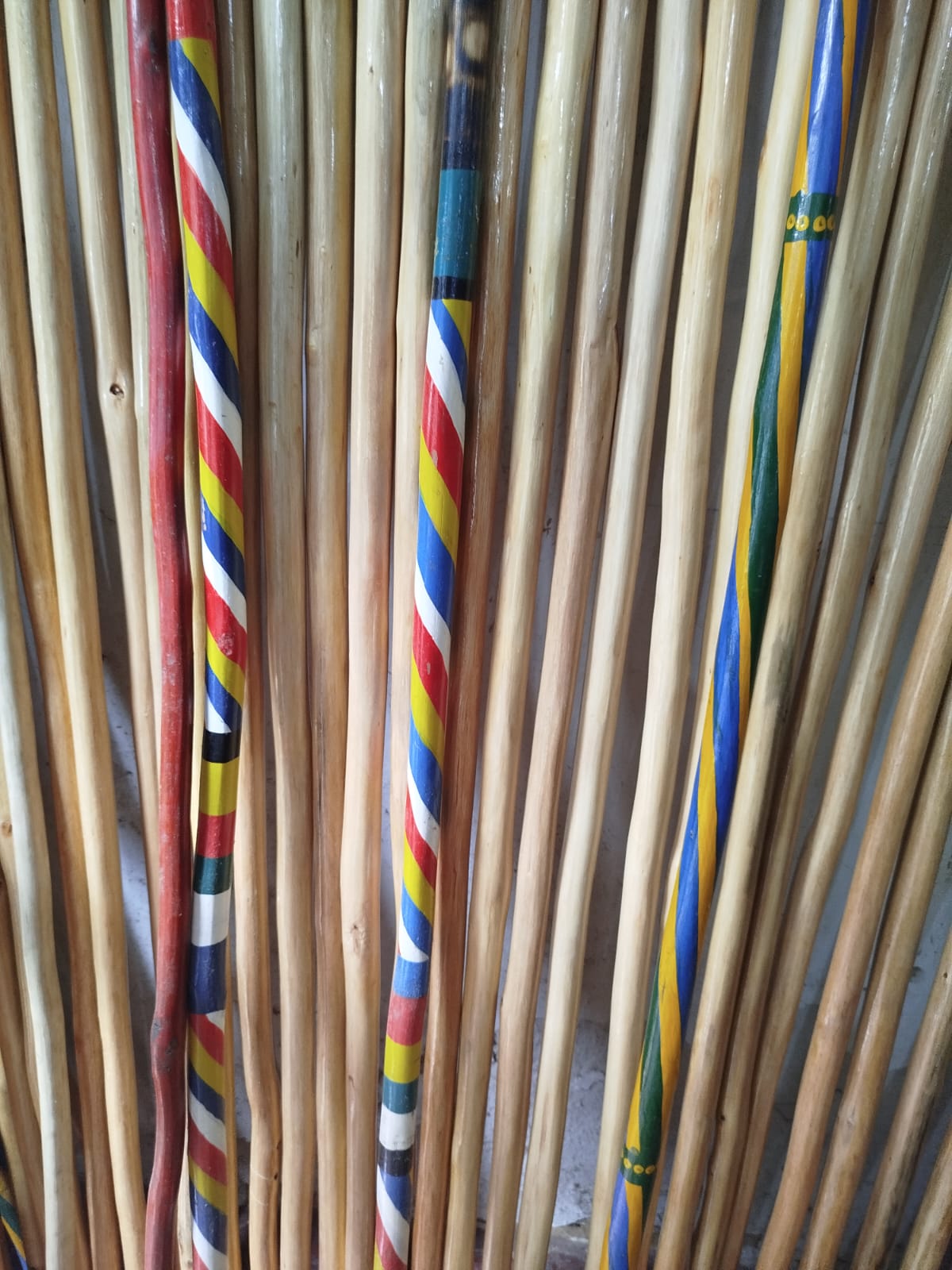
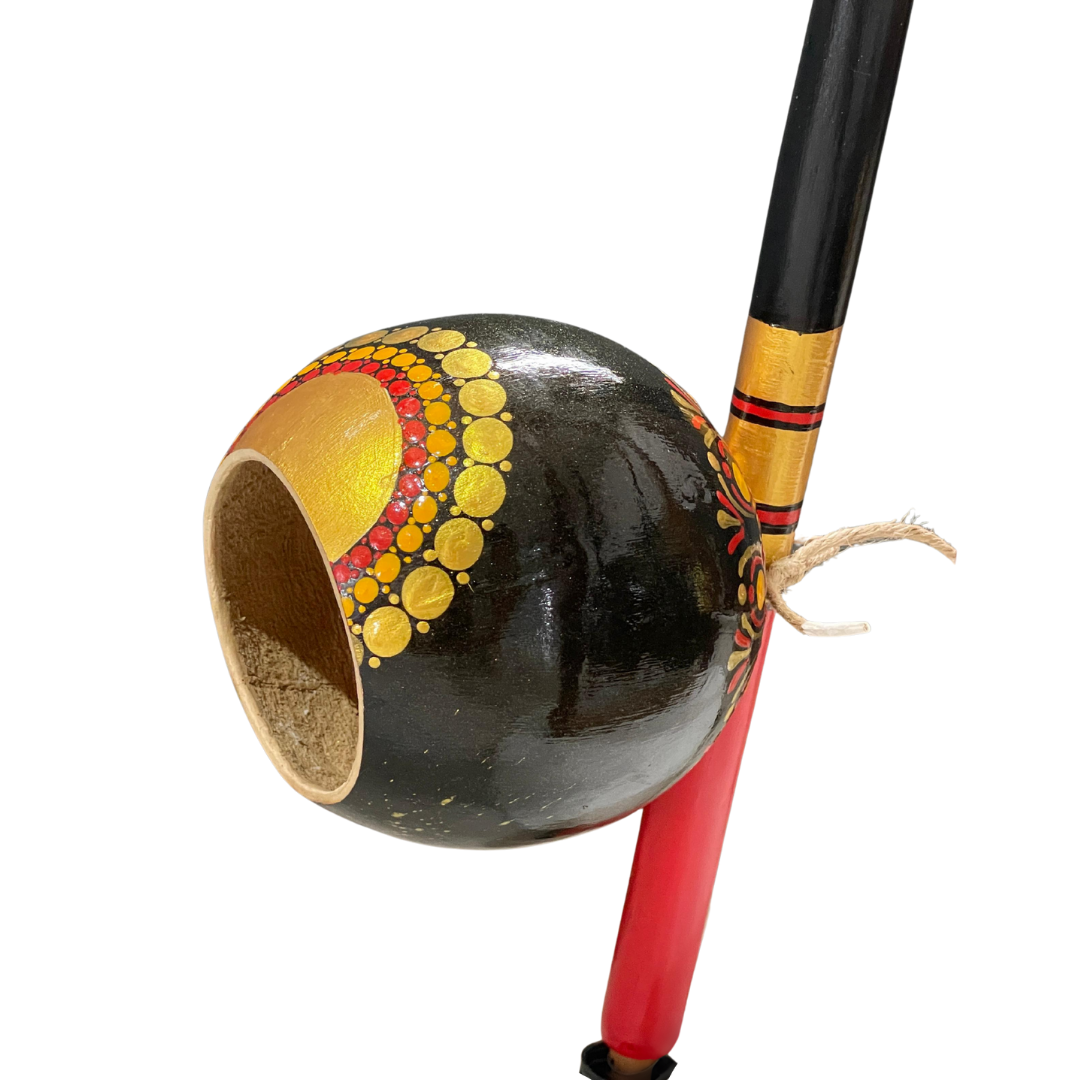
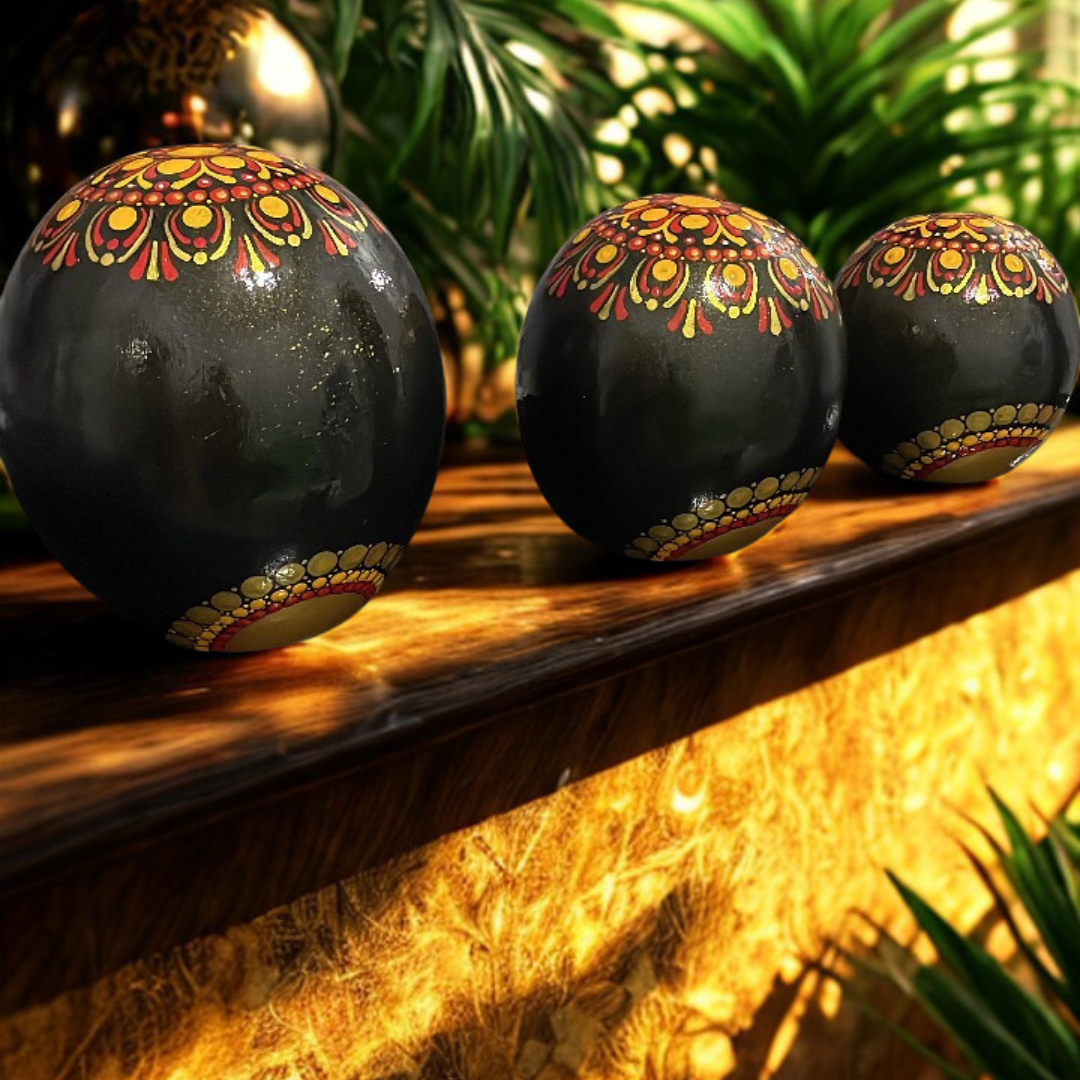
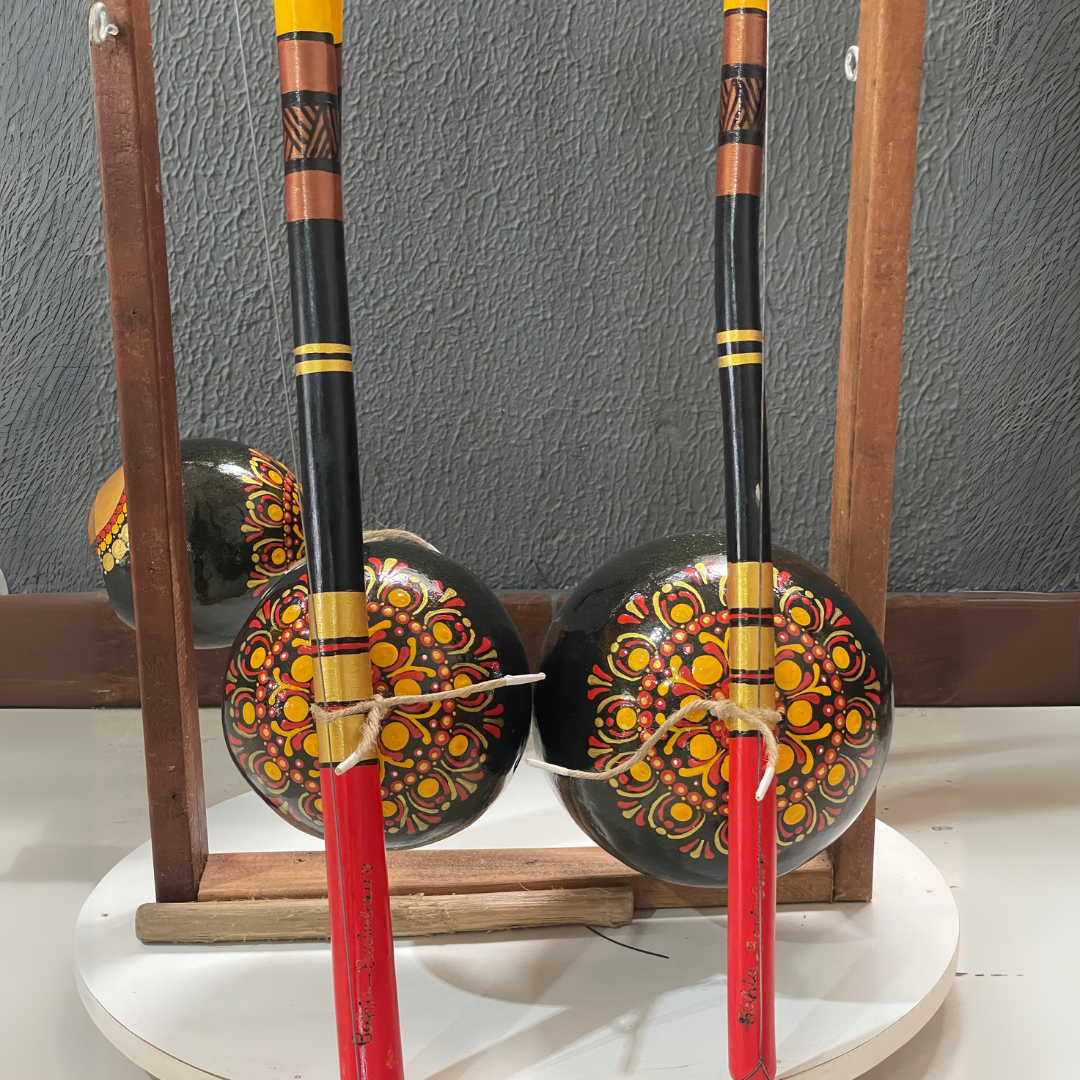
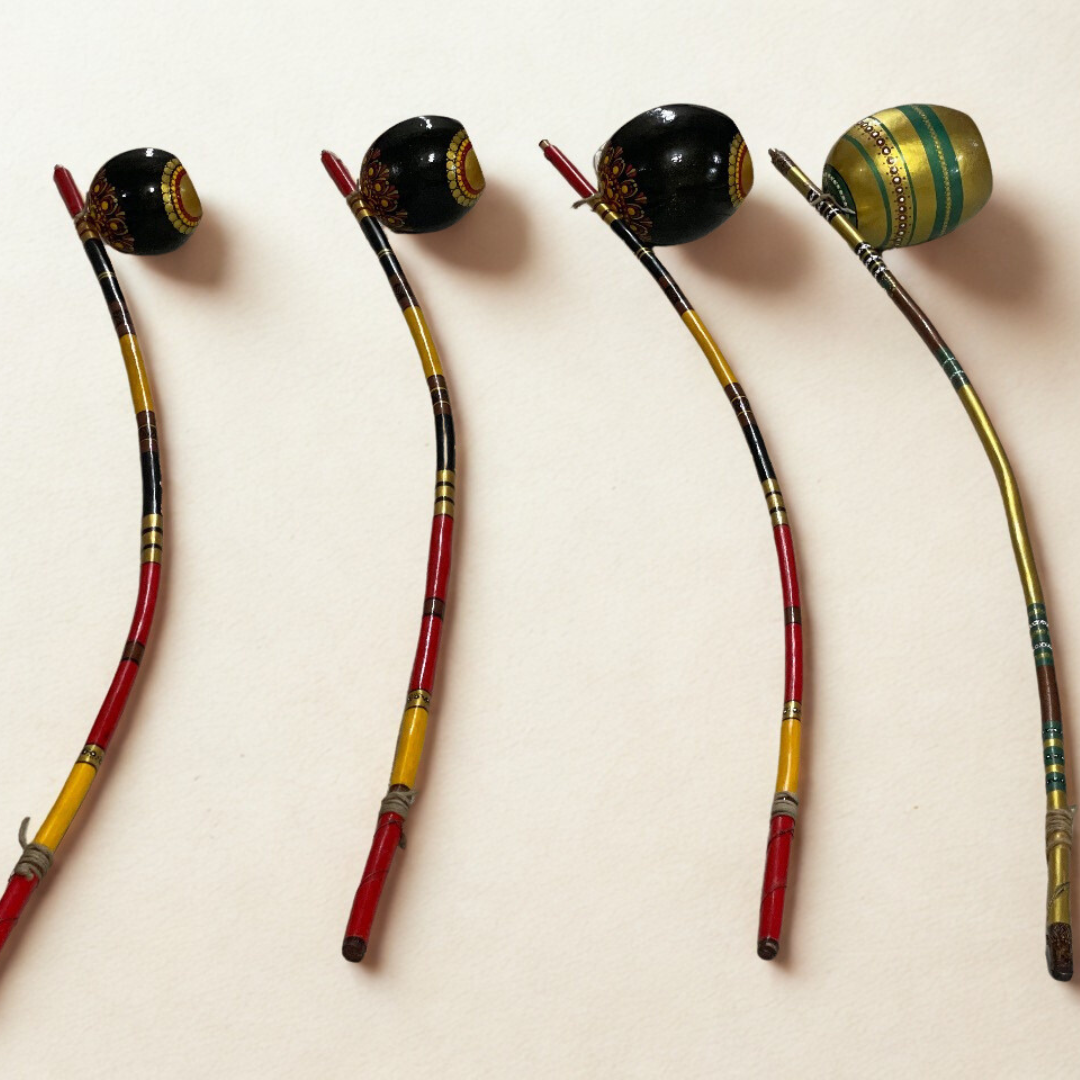
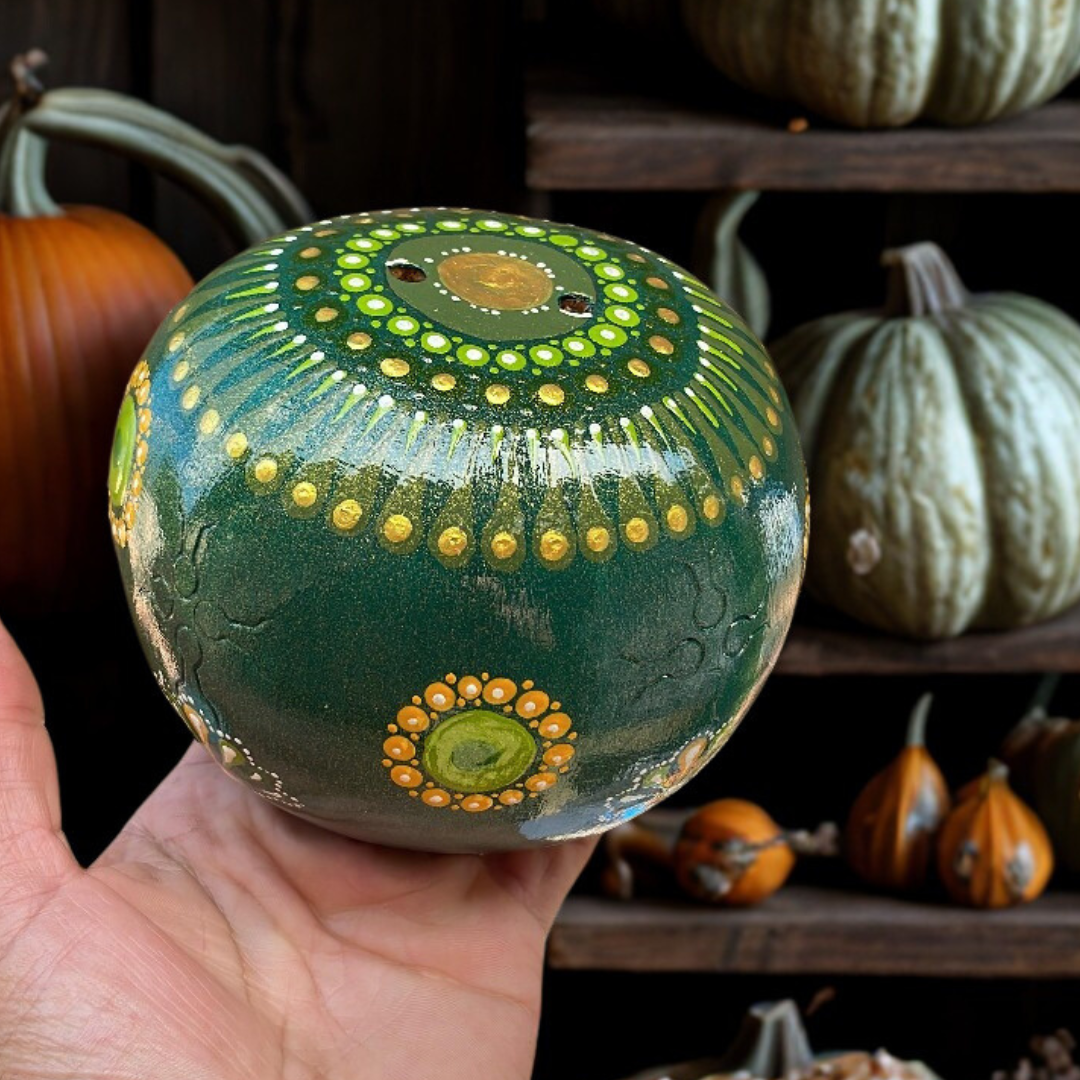
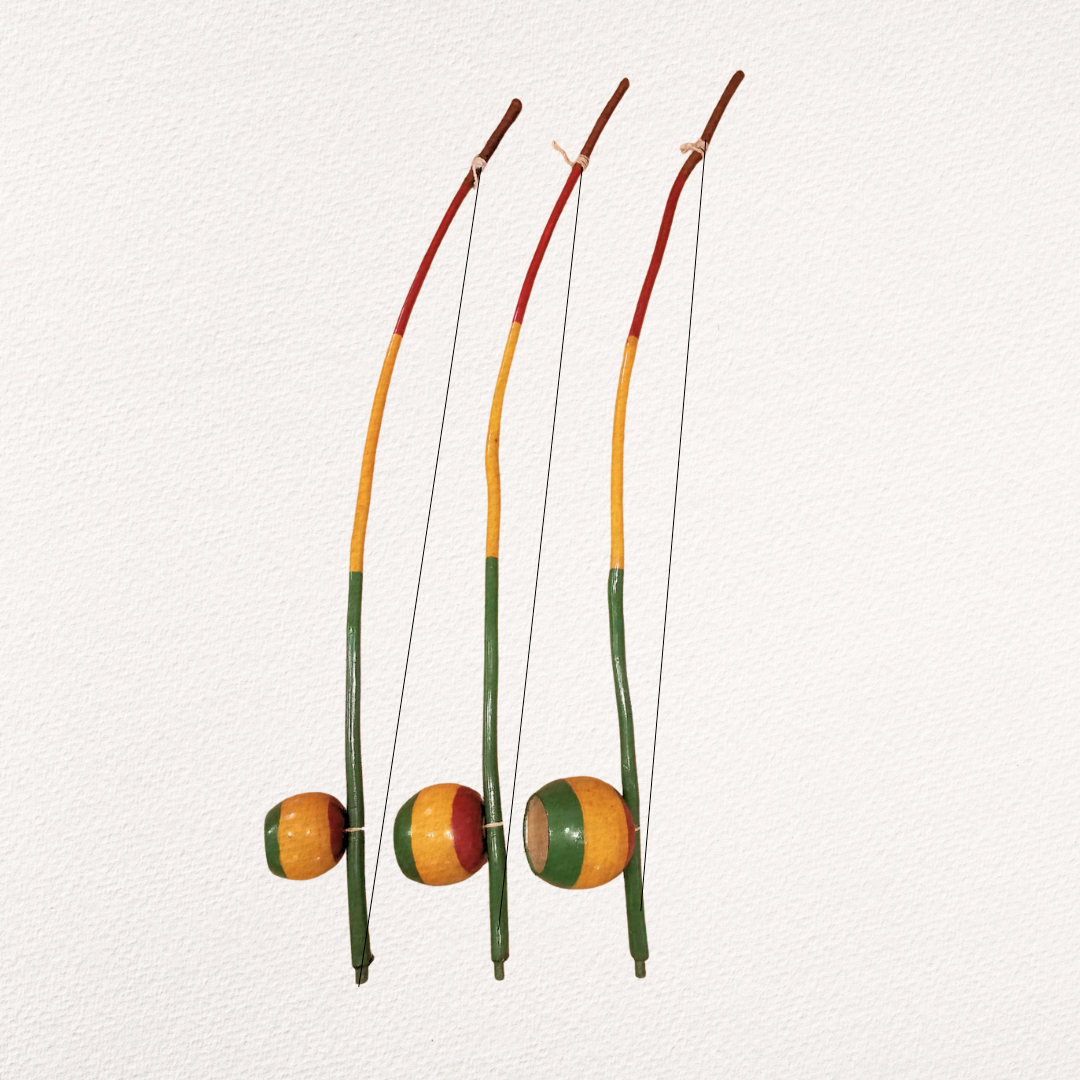
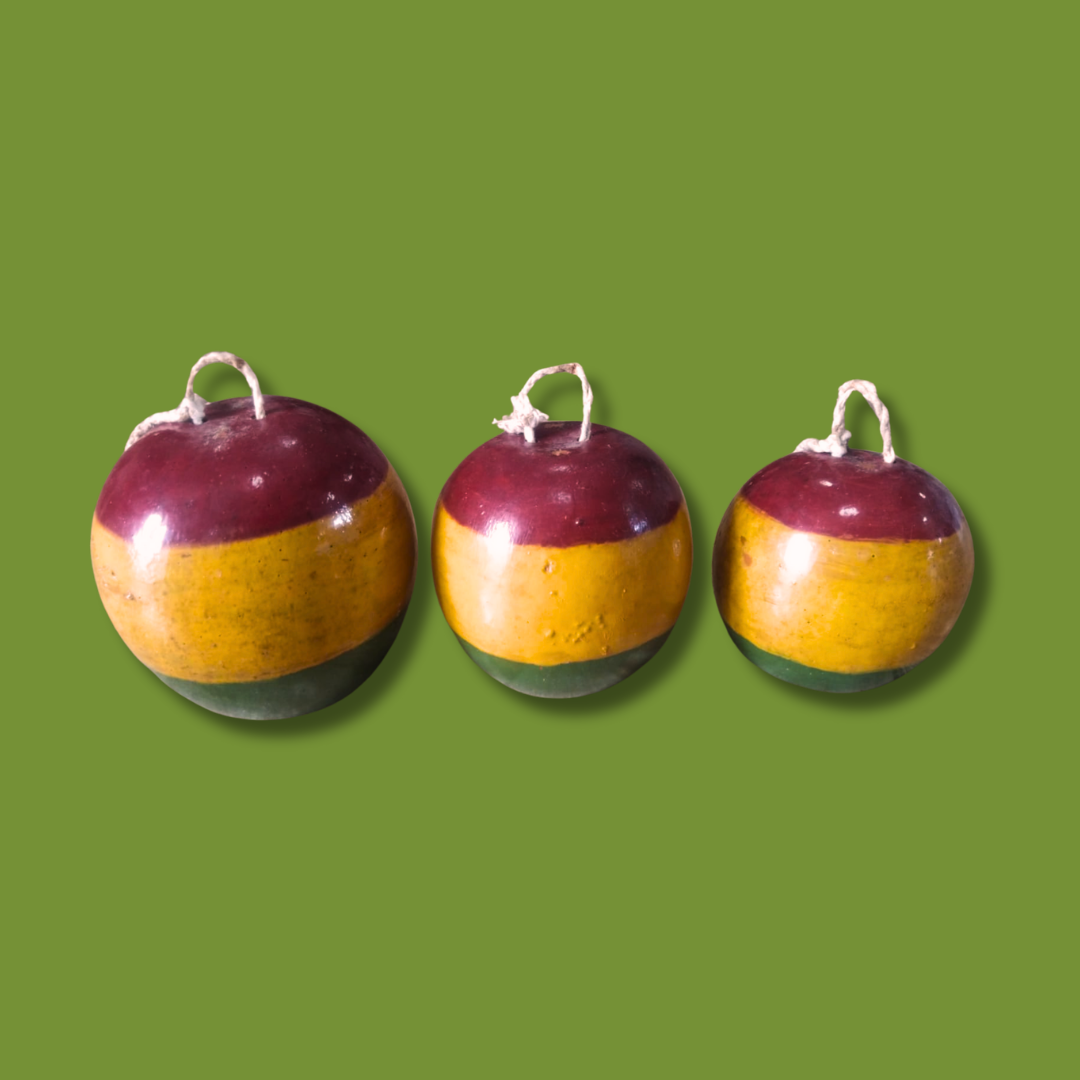
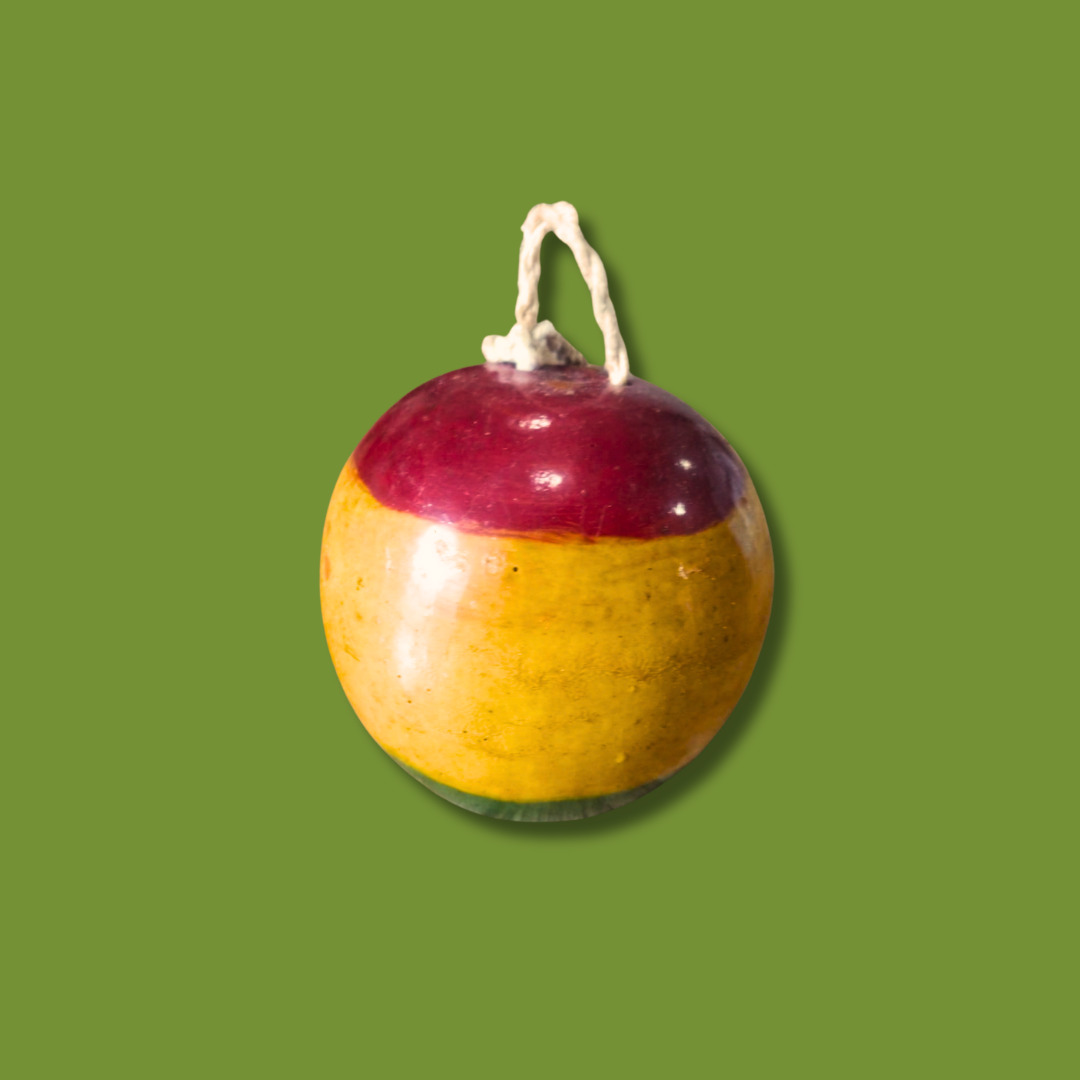
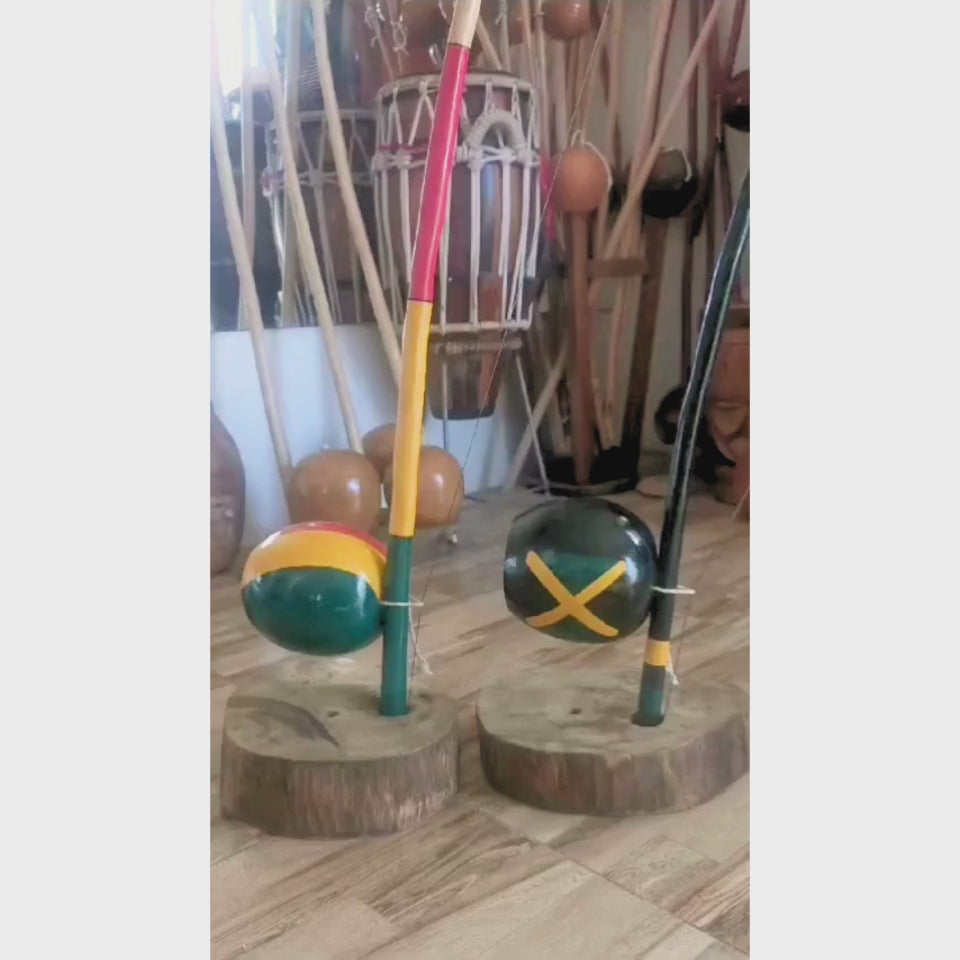
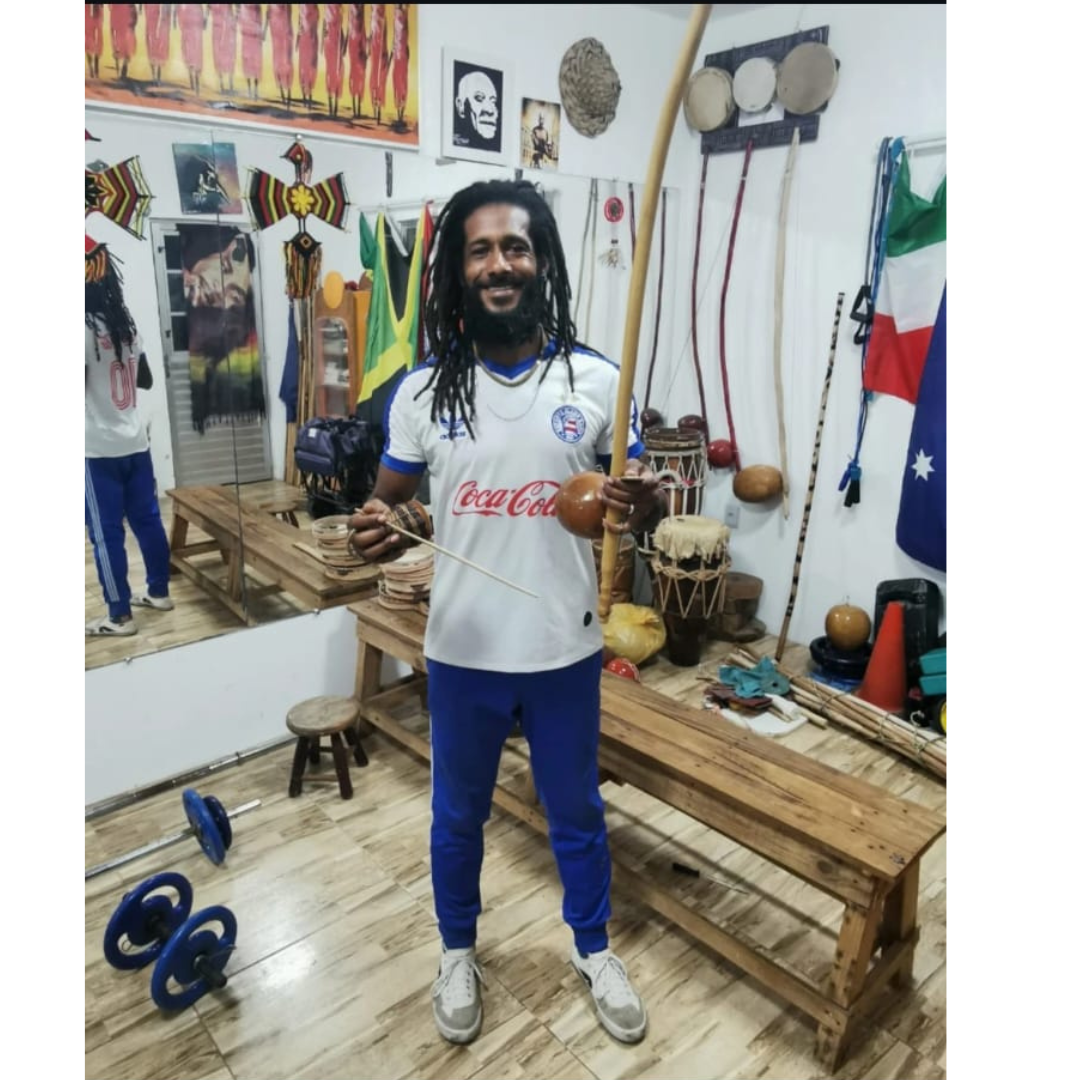
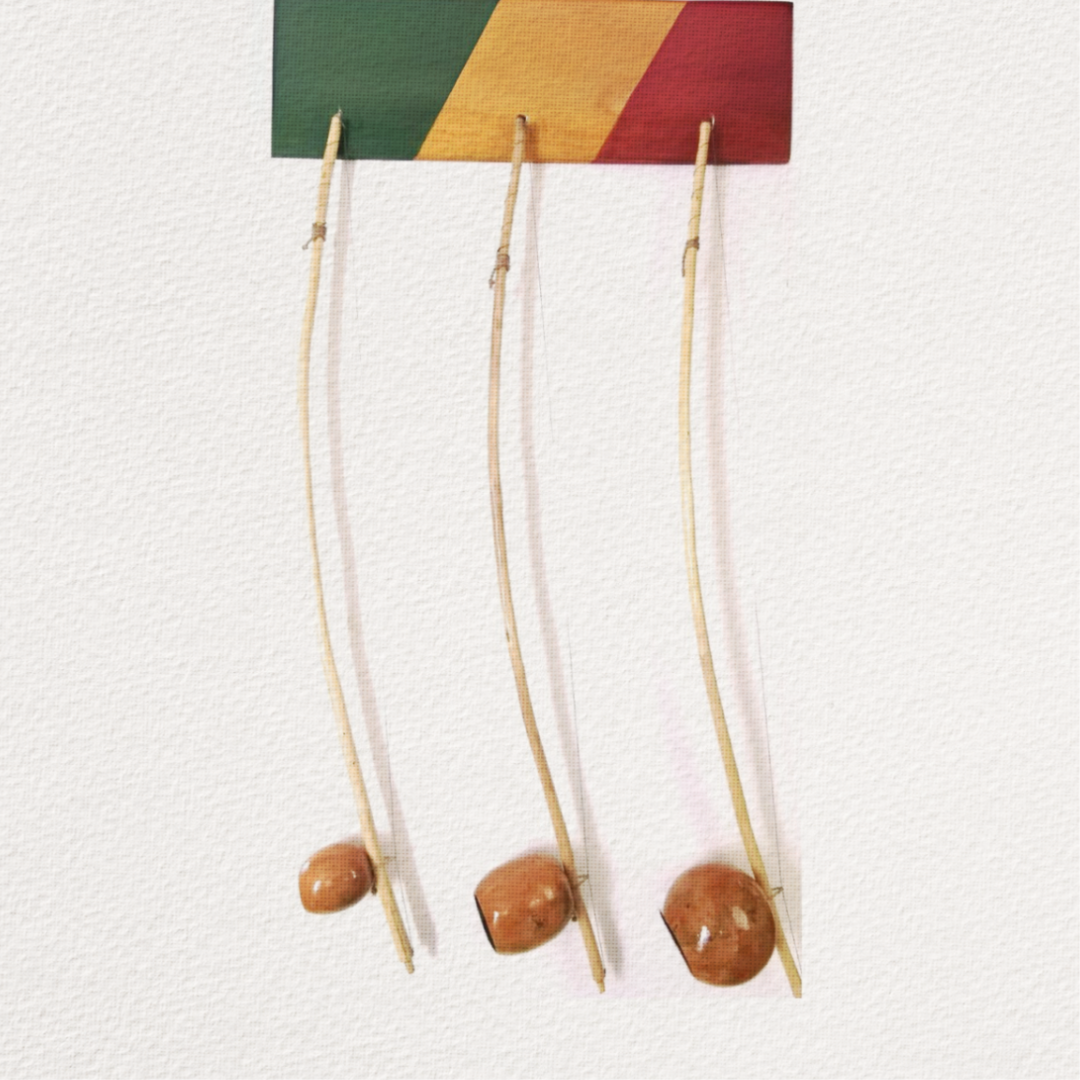
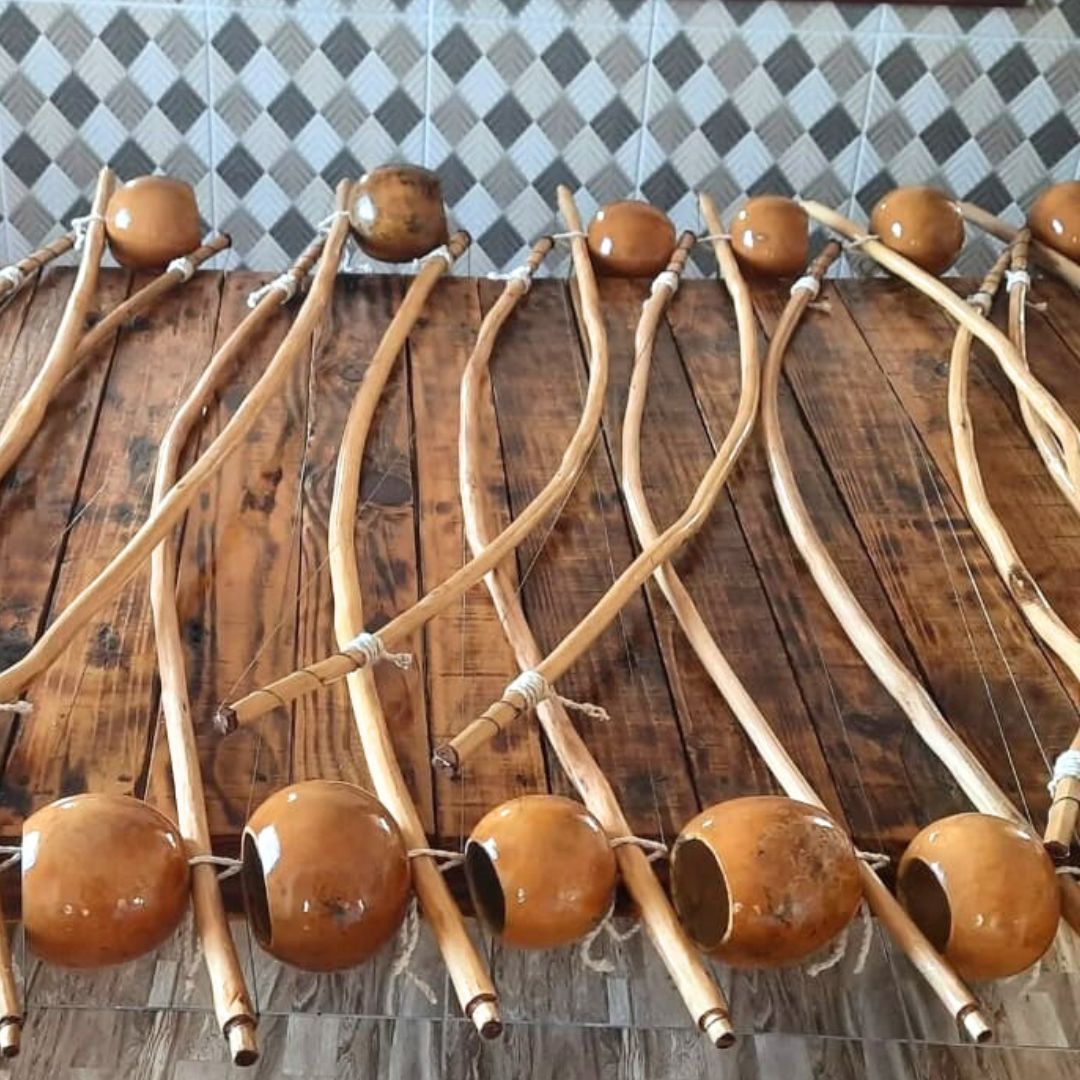
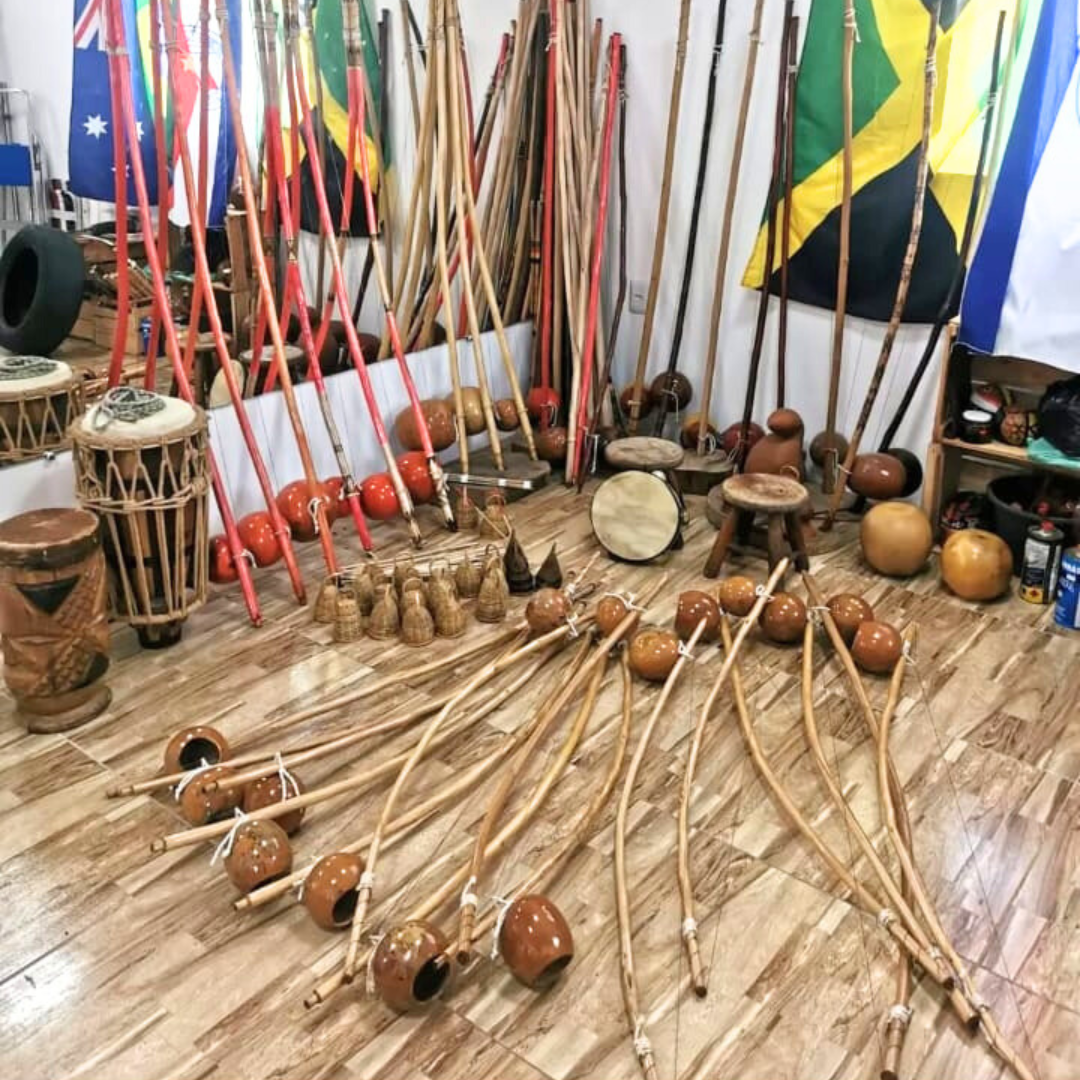

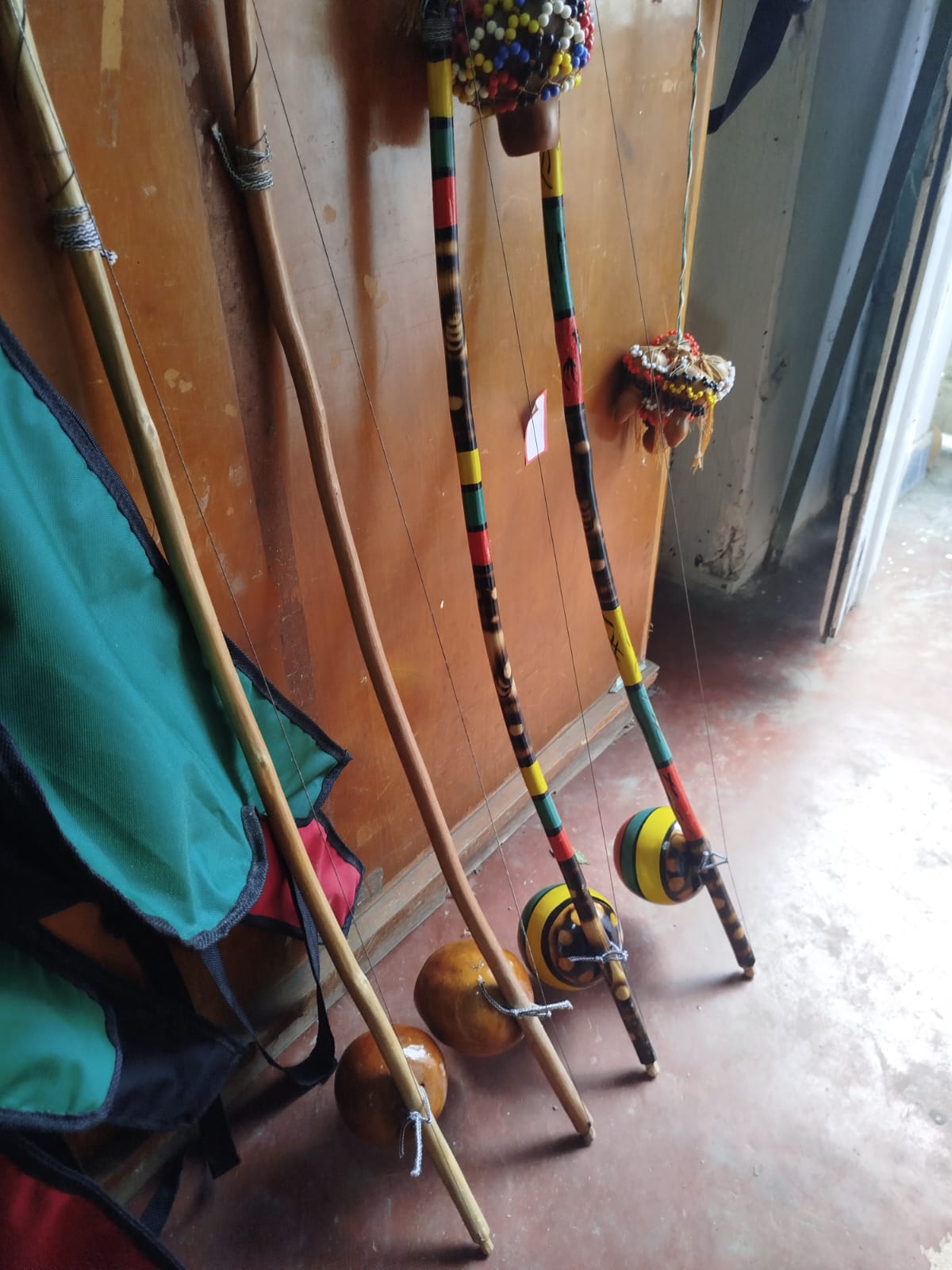
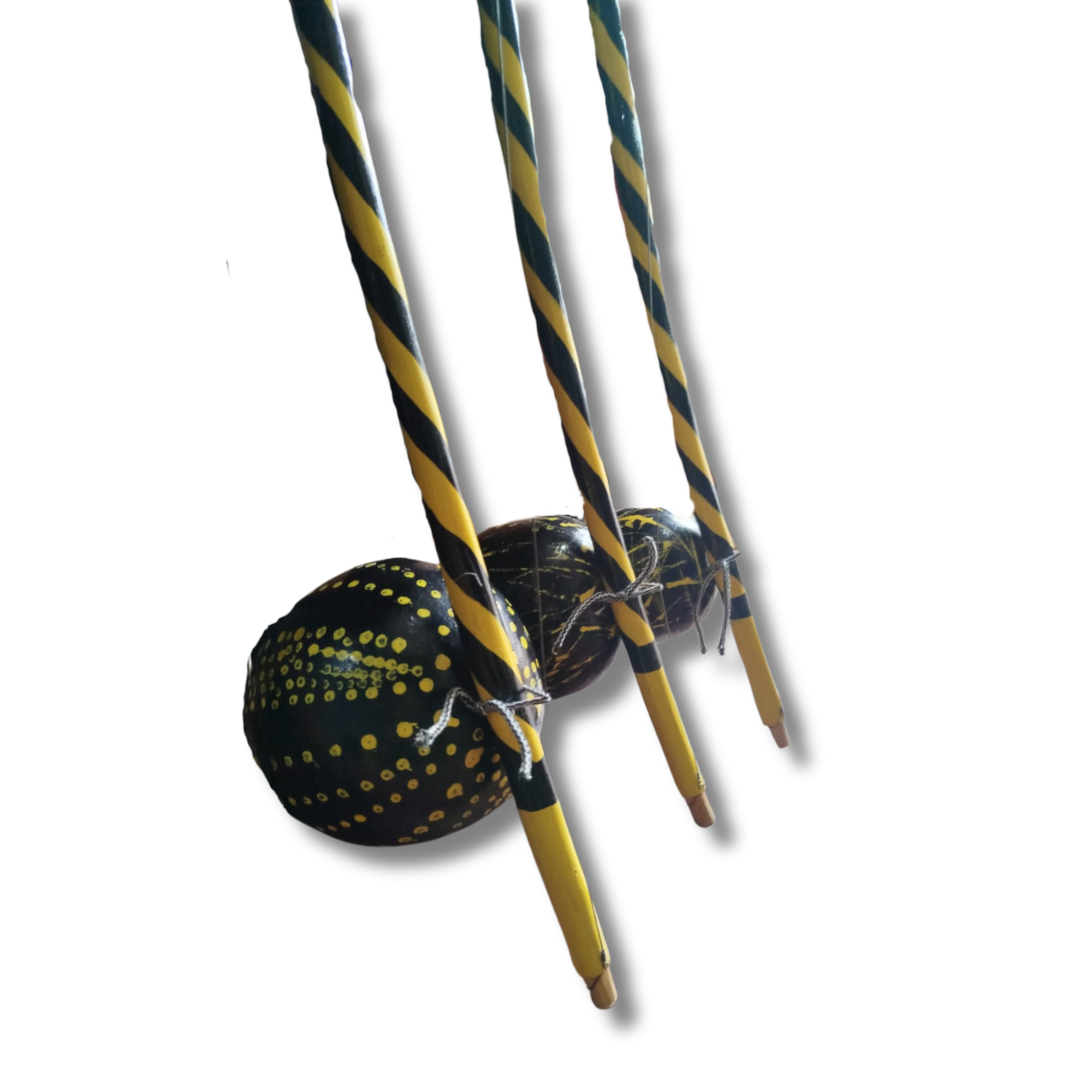
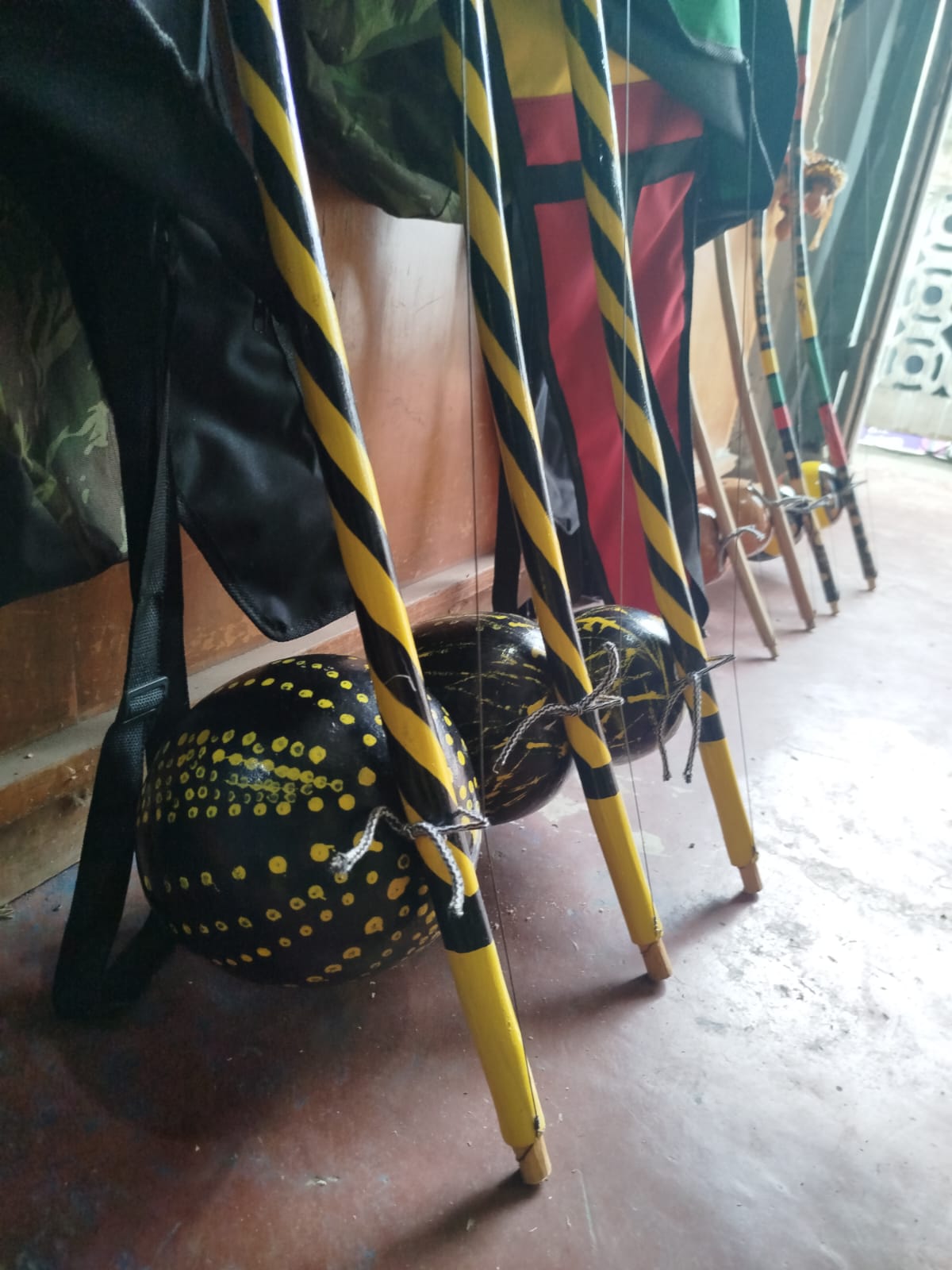
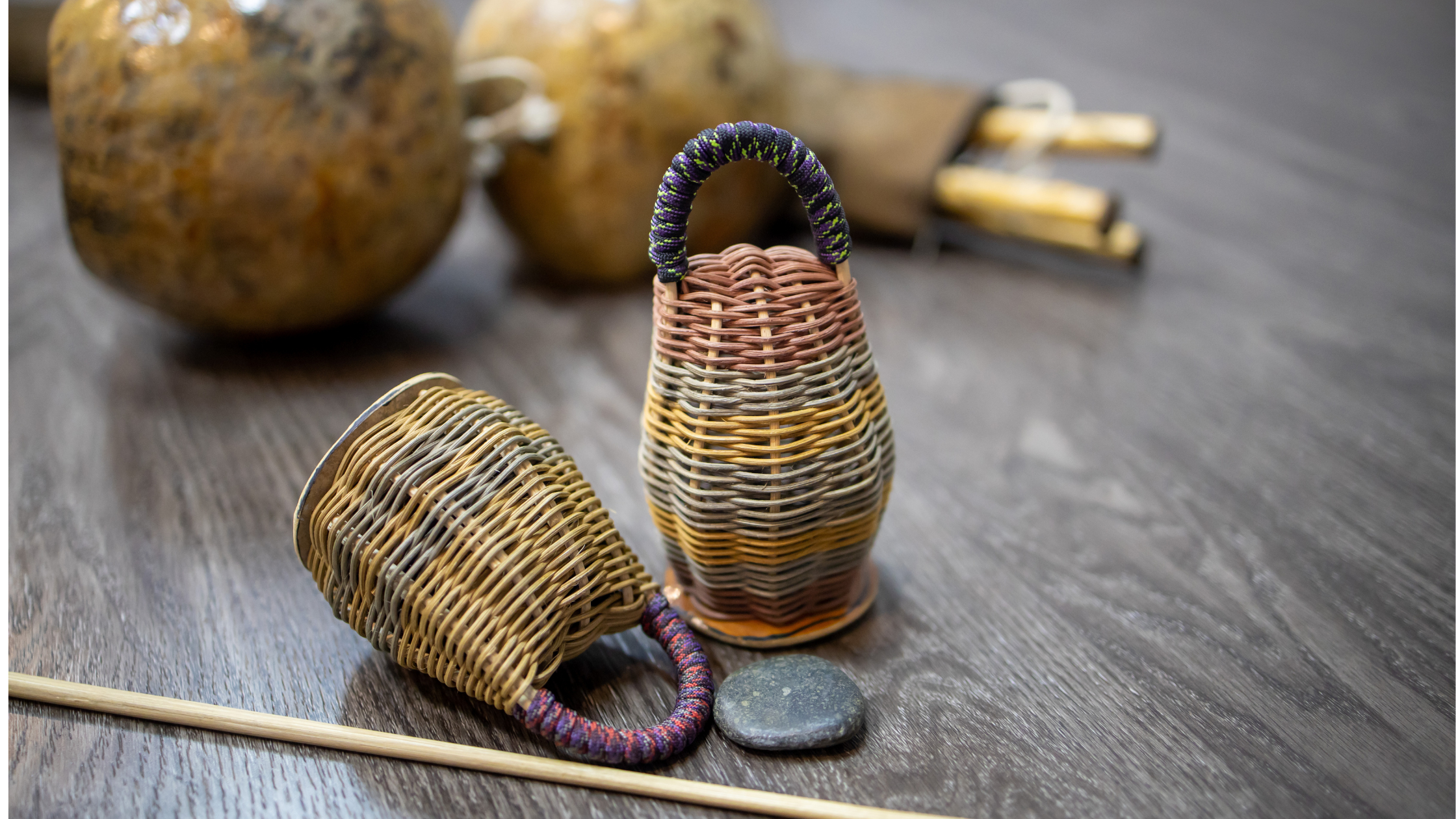
0 comments